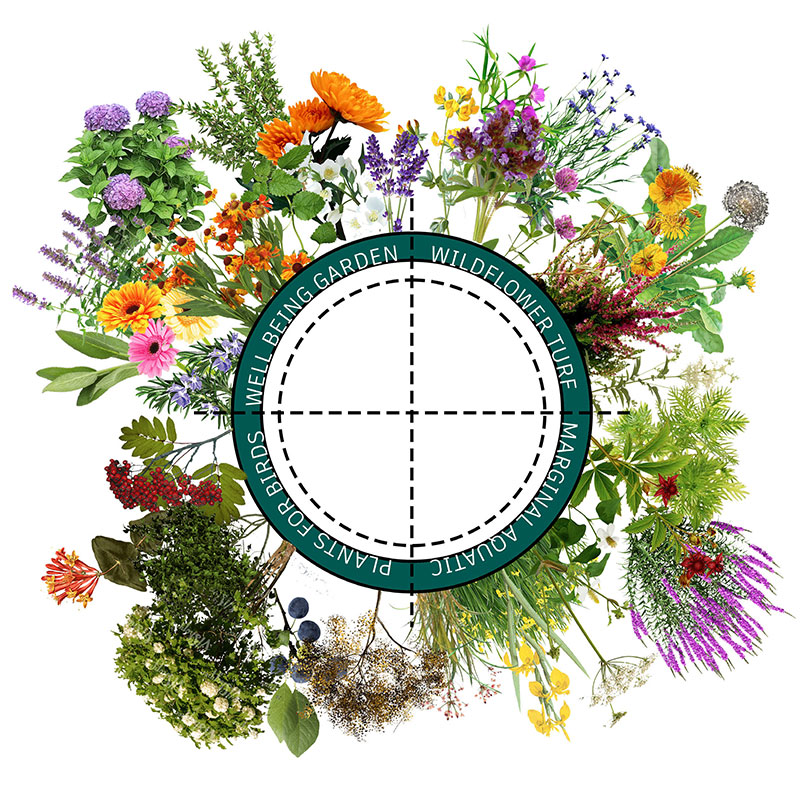Landscape Atelier 1a
This atelier entitled Space and Place tested students' ability to respond to challenges across three urban projects at varying scales. Situated within the Northern Quarter of Manchester, the brief encouraged students to explore the historical development of the city, its evolution, and the formation of its current urban fabric and public realm.
Project 1, Memory and Space, asked students to design a garden with a multi-layered concept derived from both a contextual analysis and a personal memory, bridging tangible spatial qualities with the intangible. The second project, Materiality and Space, involved a sensory exploration of the site, reinforced by a rigorous analysis of the surrounding context, and underpinned by seminal theories of urban space design. This resulted in exciting multi-faceted design frameworks, abstract form studies, and designs driven by multi-sensory human experience.
Community and Space, the final project, asked students to reclaim grey urban infrastructure to create a community park. Students selected end-user groups based on a demographic study, and developed inclusive schemes that redefined the landscape narrative. A diverse range of proposals emerged, including a healing garden, a youth community park, an urban meadow for mental health and wellbeing, and wetlands for the enhancement of birdlife in the city.


